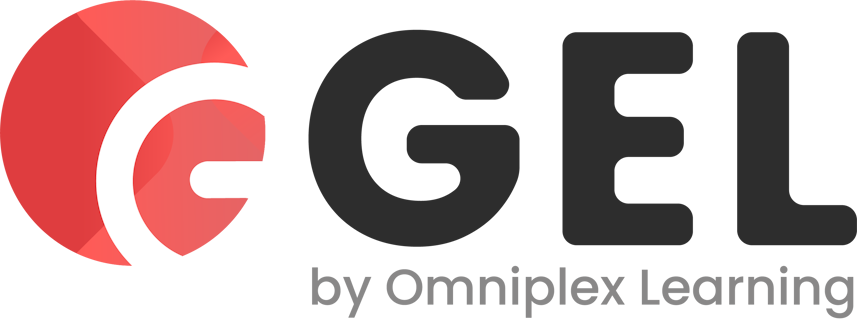As comfortable as it can be to settle into a routine, the world of business isn’t kind to organizations that stay set in their ways. The Digital Age has created an environment where opportunities for greater efficiency, communication and profit are popping up constantly. Now, more than ever, companies must always be ready to adapt, grow and transform if they want to stay ahead.
However, with day-to-day operations naturally taking priority, change initiatives are often left to isolated teams with limited support. This can cause unnecessary delays while also limiting the potential benefits of such work.
Even worse, it is not uncommon for certain departments to view their structures, methods and activities as timeless. Does a legal department need to evolve its practices as often as customer service or marketing? Why should an accounting department overhaul its practices when they already work perfectly well? With this kind of thinking being so firmly rooted in many leading companies, potential developments are often vetoed away with well-practiced skepticism.
Encouraging ‘enterprise agility’, an organization’s ability to adapt to change, is a process that needs to be targeted towards entire workplace cultures. Creating an environment that holistically encourages and enables business transformation is the secret not only to ensuring that change can proceed efficiently, but also that the positive impacts of transformation projects can be widely felt.
This is the purpose of AgileSHIFT, an AXELOS framework designed to enable enterprise agility across all elements of a business. Based on consolidated research from several of AXELOS’ global partners, AgileSHIFT is designed to put the ‘enterprise’ in ‘enterprise agility’. Its guidance is relevant to all employees, regardless of department, background or level of seniority, teaching the importance of change, how to support it and even how to recognize opportunities for new initiatives.
Studying for an AgileSHIFT certification can offer several advantages, both for individual students and their employers. But what are the biggest benefits to training staff in AgileSHIFT, and what are the best points to focus on when selling the framework to an organization?
Here’s everything you need to know about selling AgileSHIFT.
Emphasis on multiple departments
What makes AgileSHIFT unique is that it was designed with the knowledge that successful enterprise transformation projects require holistic collaboration and support. Because of this, the framework aims to demonstrate the benefits of organizational agility to all departments, including:
-
Finance
-
Operations
-
Legal
-
Customer Service
-
Portfolio Management
-
HR
-
IT
-
Sales & Marketing
Not only this, but the framework is also relevant to employees regardless of experience or seniority. Indeed, having managers become certified in AgileSHIFT can be a hugely effective catalyst in the process of adopting the framework. At the same time, onboarding and inducting new employees within an AgileSHIFT environment will ensure that they are prepared to fully contribute to positive change going forward.
By winning over the hearts and minds of everyone within an organization, AgileSHIFT can create permanent cultures of enterprise agility. This could place your own business in an excellent position to take advantage of the next opportunity for evolution.
Emphasize the need for transformation
In the current age of digital disruption and worldwide communication, there is an increasing need for businesses to remain flexible. Technology is continuously evolving, while traditional structures and delivery methods are constantly in flux. Within such an environment, it is easier than ever for static companies to lose ground to more adaptive competitors – or even perky startups whose very foundations are built with the latest tools, technology and techniques.
That said, change management is not just about survival, but also opportunity. Taking on new technology or management frameworks can enable an organization to transform its offerings and greatly increase the efficiency of key internal processes. Granted, making such a transition can be arduous, but with long term results can be well worth it.
Encouraging ‘enterprise/ organizational agility’ simply boils down to making it so that when a viable opportunity for change appears, you will be prepared to fully take advantage of it. This, in turn, can make transitions far less painful – as well as more immediately lucrative.
A generic framework
A key benefit of AgileSHIFT is that it is capable of fitting almost any organization, regardless of industry, sector, location, size and so on. This makes it an extremely viable choice, both for hungry startups and well-set corporate giants.
The framework provides five principles and practices designed to guide transformational change. This includes iterative delivery empowered by workflows, tools, roles, techniques and competencies. If necessary, these elements can be customized to suit individual practitioners, allowing companies to create environments which are perfectly fitted to their own goals and requirements.
Embracing agile and lean methodologies
While AgileSHIFT is still a fairly new framework, it encourages the use of methodologies and attitudes which many will find familiar. ‘Agile’ and ‘Lean’ are both tried, tested and highly respected, with demonstrable success across the world. Many new customers take the inclusion of these methodologies as a sign of AgileSHIFT’s reliability as an investment, with Lean focusing on cutting out inefficiency and Agile encouraging autonomy, flexibility and continuous iterative delivery.
However, AgileSHIFT itself has also demonstrated its effectiveness, having been tested by both leading organizations and governments around the world, including North America, the Middle East, Europe and APAC.


